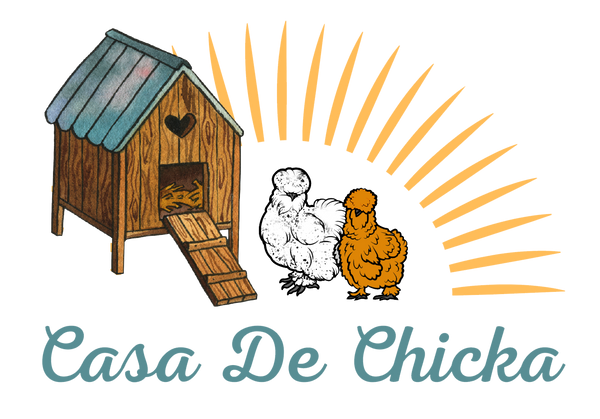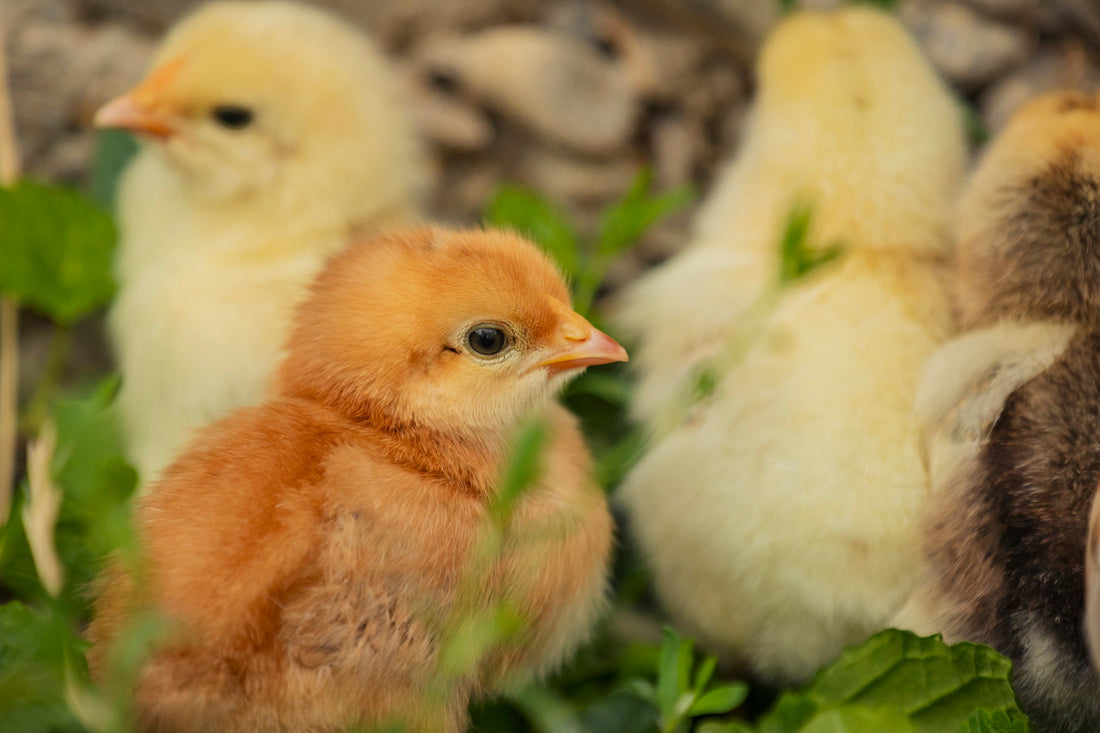Raising backyard chickens begins with the delicate phase of nurturing chicks into healthy, feathered friends ready for the coop. Understanding the pivotal developmental milestones of these little fluff balls is not only fascinating but crucial for any aspiring or seasoned poultry keeper. This guide will walk you through the journey of chick development, highlighting key stages from hatching to their transition into the coop, ensuring your chick care practices foster a thriving flock.
Welcome to the World: The First 24 Hours
The journey of a chick starts with the miraculous moment of breaking free from its shell, a process known as hatching. During the first 24 hours, these newborns undergo significant adjustments, transitioning from relying on the yolk sac for nutrition to breathing air. Initially, chicks appear wet and exhausted, but as they dry, their fluff becomes visible, signifying their readiness to start moving around. It's crucial at this stage to provide a warm, safe brooding area where they can rest and gradually acclimate to their new environment.
In these early hours, observation is key. Ensure the brooding area maintains an optimal temperature, as chicks cannot regulate their body heat. Watch for signs of distress or discomfort, adjusting the heat source as necessary. This period is less about feeding and more about stabilization, preparing them for the exciting growth journey ahead.
Growing Pains: The First Week
The initial week is a period of rapid growth for chicks, where you'll notice daily changes in their size and behavior. Feeding starts almost immediately, with a special emphasis on chick starter feed that's rich in protein to support their development. It's also when you introduce water, ensuring it's shallow enough to prevent drowning incidents.
This week is critical for establishing healthy eating and drinking habits, alongside monitoring for any signs of illness or developmental issues. Proper chick care involves regular checks, maintaining cleanliness in the brooding area, and ensuring the chicks are comfortable, warm, and active. As they grow, their curiosity and mobility increase, making it essential to secure the brooding area against potential hazards.
Feathered Beginnings: Weeks 2 to 3
As chicks advance into their second and third weeks, the first signs of feathering become evident. Tiny pin feathers start to emerge, replacing the downy fluff, marking the beginning of their transition into adolescence. This feathering starts at the wings and tail, gradually covering their bodies. It's a period of immense growth, requiring adjustments in their diet to include more nutrients supporting feather development.
During these weeks, temperature regulation remains crucial but gradually decreases as their feathers grow. Observing their behavior for comfort indicators allows you to adjust the brooding temperature accordingly. This stage also introduces the need for more space as chicks become more active, emphasizing the importance of expanding their living quarters to accommodate their growing curiosity and mobility.
The Teenage Phase: Weeks 4 to 6
Entering the fourth to sixth week, chicks boast a mix of fluff and new feathers, exhibiting more of their adult appearance and behaviors. This phase could be likened to the teenage years, where they exhibit increased independence and social dynamics within the group become more pronounced. It's an exciting time for backyard chicken enthusiasts to observe personality traits and pecking order developments.
This period demands a continuation of nutritional support, with gradual transitions in diet to prepare them for eventual integration into the coop. The environment should encourage exploration and exercise, promoting healthy development. Additionally, this is the time to start acclimating chicks to outdoor conditions if weather permits, preparing them for the transition to the coop.
Preparing for the Big Move: Weeks 6 to 8
By the time chicks reach six to eight weeks, they're nearing readiness for their big move to the coop. Their feathers are nearly fully developed, providing the insulation needed to withstand cooler temperatures outside the brooder. This stage is about preparing both the chicks and the coop for a smooth transition. Ensure the coop is secure, clean, and equipped with necessary amenities like feeders, waterers, and roosting spaces.
Gradual exposure to the outdoors under supervised conditions helps chicks adapt to their new environment, reducing stress during the transition. It's also crucial to maintain a balanced diet, gradually introducing them to the same feed they'll eat as adults, alongside providing grit to aid in digestion.
Transitioning to the Coop: The Big Day
The transition to the coop is a significant milestone in the development of backyard chickens. Ideally conducted around eight weeks, this move should be executed carefully to minimize stress. Start by introducing them to the coop during the day, allowing them to explore their new home under supervision, and then returning them to the brooder at night. This process, repeated over several days, helps acclimate them to their permanent environment.
Once fully moved, monitor the chicks closely for the first few days to ensure they're adapting well. Look for signs of stress, bullying, or health issues, intervening as necessary. This stage is crucial for integrating them with any existing flock, doing so gradually and under close observation to ensure a harmonious merging.
Adjusting to Coop Life
Adjustment to coop life involves more than just physical adaptation; it's about integrating into the social structure of the existing flock. This period requires patience and vigilance, ensuring the new additions are not bullied and that they find their place within the pecking order. Continue to provide a balanced diet and fresh water, and start to introduce routine health checks to monitor for parasites or other health concerns.
Environmental enrichment, such as perches, dust bathing areas, and space to roam, plays a significant role in their physical and psychological well-being. Ensuring the coop and run are secure against predators is also paramount, providing a safe haven for your feathered friends to grow and thrive.
The Path to Egg-laying Maturity
As your chicks mature into fully feathered chickens, the next milestone on the horizon is egg laying. Depending on the breed, this can occur anywhere from 16 to 24 weeks of age. Nutritional needs shift as they approach laying age, requiring a diet rich in calcium and other nutrients to support egg production. Introducing layer feed at the appropriate time ensures they receive the necessary nutrients to produce strong, healthy eggs.
Observing the signs of approaching lay, such as reddening of the combs and wattles, squatting behavior, and exploring nesting boxes, prepares you for the exciting phase of egg collection. Ensuring comfortable, private nesting boxes encourages proper laying habits and egg safety.
Celebrating Milestones and Embracing Challenges
Raising backyard chickens from chicks to laying hens is a journey filled with milestones and learning opportunities. Each phase of development brings its own set of challenges and rewards, from the first feathering to the joy of collecting fresh eggs. Embracing these moments, learning from them, and adapting your care practices ensure a healthy, happy flock that's a source of pride and joy for any backyard chicken enthusiast.
Tracking the growth and development of chicks involves attentive care, observation, and adjustment to their changing needs. From the warmth of the brooder to the community of the coop, each step is crucial in nurturing these fascinating creatures into their full potential as backyard chickens.

